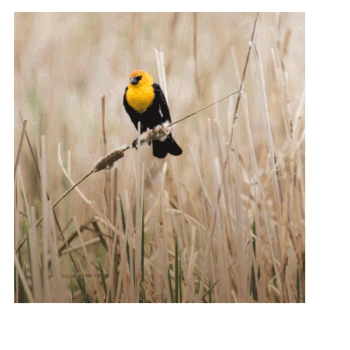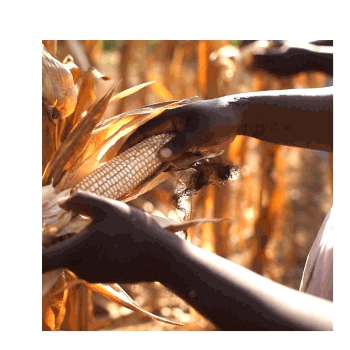
How GMOs are benefitting the environment
The Possibility Inside a Seed
What if reducing carbon emissions was more attainable? What if we could create more opportunity in developing nations? And what if we found new ways to build a better future for both people and the planet? The scientists, researchers, and innovators of modern agriculture have not only imagined these possibilities, but are bringing them to life on farms around the world.
Modern agriculture is asking, “what if?”
Across nearly every industry, a consistent theme has emerged. How do we use innovation to protect natural resources? Regardless of ideology, this pursuit is something we can all support—more conservation, greater efficiency, and technology that is equally inventive and sustainable.
Finding Answers in a Plant
Today, researchers are using their expertise in plant breeding to enable crops to use natural resources more efficiently. Genetic modification is one method that has played an important role in these advances. These new crop varieties, known as Genetically Modified Organisms (GMOs), have led to many tangible and quantifiable benefits for humanity and the ecosystem.
How GMOs Are Benefitting the World


1
HELPING REDUCE GREENHOUSE GAS EMISSIONS
As herbicide-resistant corn and soybeans were introduced in the U.S.—conservation tillage practices become more widely adopted.a GM or genetically modified crops with herbicide-resistant traits can allow farmers to manage weeds without relying on the traditional method of tilling fields. Generally, less tillage results in fewer tractor-related emissions. In 2015 alone, this led to the equivalent of removing twelve million cars from the road.b
2
PROTECTING THE FOOD SUPPLY
Insects cause billions in crop damage every year. Using bacteria found in soils around the world, GM corn can fight harmful pests like the corn borer or bollworm. According to the USDA, when GM corn is planted, even nearby farms benefit. This genetically modified crop controls insect pest populations so effectively, that neighboring fields experience less pressure from corn borers.c,d




3
DEFENDING PLANTS FROM DISEASE
In the 1990s, papaya farming in Hawaii was on the verge of extinction. A rampant outbreak of the ringspot virus had engulfed the island. In response, the local government and universities used genetic modification to impart viral resistance to local papayas. Today, this remains the only effective method of preventing this devastating virus.e This success story also offers hope for addressing pathogens affecting potatoes, citrus trees, and cassava.
4
MAINTAINING BIODIVERSITY
GM crops, paired with advanced breeding techniques, can help increase productivity without expanding the footprint of a farm. In 2015, had GM crops not been available, more than 48 million additional acres would have been needed to meet the demand for corn, soy, cotton, and canola. In total, this land mass would roughly be the size of New York state. By helping reduce the need to expand farmland, GM crops can help preserve native habitat.f,g




5
Spreading Prosperity to Growing Nations
Since the introduction of herbicide-resistant maize, farmers in South Africa have experienced notable gains in income and efficiency. GM crops have helped improve yields and allowed growers (on smallholder farms in particular) to adopt less labor intensive practices—like hand weeding. If this trend continues, GM crops will help create more economic security for farmers in developing nations.g
Exploring the Depths of Plant Life
Modern agriculture is continuously striving to better understand plants and the planet. The leading researchers and biologists of modern agriculture are searching for traits to help crops use fewer natural resources—from planting to harvest. Water, land, soil, and energy are all invaluable resources and demand to be conserved and preserved. It may come from improved crop protection methods, GM crops, conventional plant breeding, or digital tools—regardless, the innovation of modern agriculture is supporting farmers as they continue to optimize every acre, drop of water, or unit of energy.
Related Articles


Crop Scouting: More Tech to Use Less

